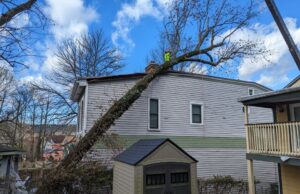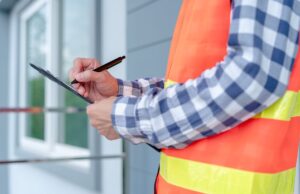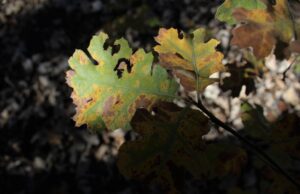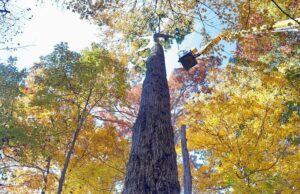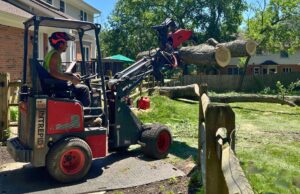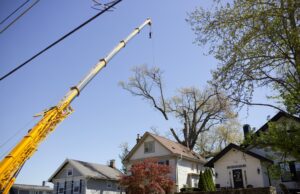Protecting trees during construction projects can be an overwhelming prospect if not a complete afterthought. But no matter how much consideration you’ve given the idea of protecting plants during construction, we’re here to help! This article will guide you through the process of protecting your trees during construction.
Let's ensure your green giants survive and thrive amidst the chaos of construction by discussing the following four steps:
- Identifying potential risks
- Pre-construction assessments
- Implementing protective measures for your plants
- Post-construction plant care
Ready to protect those trees? Let’s go!
Identifying Potential Risks to Greenery
Before you can protect your trees during construction, it's crucial to identify the potential risks. This includes damage to the root system from heavy machinery or changes in soil compaction and grade. Understanding the potential threats can enable you to properly strategize and implement preventive measures, safeguarding your trees from harm.
Let's start with the most common form of tree damage during construction - root disturbance. Tree roots are usually located within the top 24 inches of soil and extend outwards at least as far as the tree is tall. Damage can occur when roots are cut during excavation, making trees unstable and susceptible to wind damage. Heavy machinery can also compact the soil around the roots, limiting their access to oxygen and moisture.
Changes in the grade of the land can also be harmful if the roots are smothered with excess soil or, conversely, left exposed. Additionally, the continuous foot traffic associated with a construction project can compact the soil further, adding to compaction-related nutritional issues.
In order to prevent these potential threats, it's essential to make a plan, protect the root zone, limit foot traffic, and avoid grade changes near the tree. This way, you can ensure the survival of your trees during construction.

A pre-construction assessment is crucial to developing a plan to protect any trees you hope to keep safe.
Pre-Construction Tree Assessment and Care
It's crucial to get a thorough assessment of the tree's health and situation prior to starting any construction project. You should understand whether the tree is healthy enough to survive the construction and if its proximity to the construction site might endanger it.
To ensure you protect trees during construction, consider getting professional advice. An arborist can help determine:
- The tree's health and vigor
- If the tree has any significant structural defects
- The tree's location in relation to the building site
Some crucial steps before construction include:
- Watering the tree regularly, especially during dry spells
- Applying mulch to conserve soil moisture and protect the root system
- Watching for any sign of tree stress (premature leaf or needle loss) and treating it promptly
- Avoiding, or at very least minimizing, any root disturbance around the tree
Remember, your goal is to keep the tree as undisturbed as possible during construction. This might seem like a challenge, but with proper planning and care, it's absolutely achievable.
With a little foresight, you'll be rewarded with a beautiful, mature tree that continues to provide shade, beauty, and environmental benefits long after the construction project is completed.
Implementing Protective Measures for Protecting Trees During Construction
To ensure a tree's survival, implementing protective measures for trees is absolutely crucial when planning a construction project. Construction damage to trees can be detrimental, but with proper planning and care, you can prevent this.
As alluded to earlier in this article, you must protect the root zone. An effective way to do this is to install fencing around the root zone, extending at least to the tree's dripline - the further, the better.
Avoid driving heavy machinery or allowing foot traffic over this area. If foot traffic is unavoidable, consider laying down sheets of plywood or building boardwalks to minimize soil compaction. Also, be mindful not to store building materials or wash equipment over the roots.
You should also be wary of changes in the site's grade near the tree. Avoid exposing roots within the dripline, and don't bury them under extra soil.
Lastly, make it a point to monitor the tree's canopy for signs of dieback, which can indicate root damage. This vigilance will help ensure your tree's survival amidst construction.
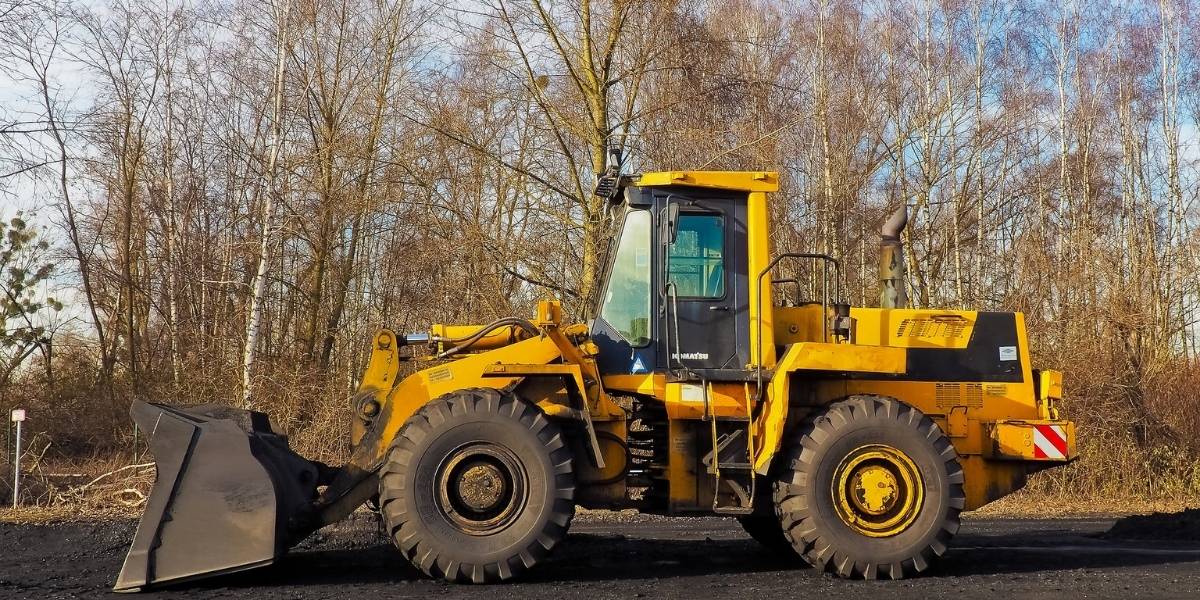
Soil compaction during construction can impact tree roots by leaving them unable to efficiently absorb water and nutrients.
Post-Construction Tree Maintenance and Care
After the construction project is complete, there's still work to be done in terms of caring for and maintaining any trees that were preserved. You'll need to monitor your trees closely, checking for signs of stress or damage. And make sure your trees get enough water. This is especially important after a construction project and helps trees recover in the event of damage.
You might need to aerate the soil around your trees if it's become compacted during construction. This will help ensure the roots have access to the oxygen they need. Fertilizing may also be necessary if the soil's nutrient levels have been depleted.
Applying mulch over the roots of your trees can help conserve soil moisture and provide an added layer of protection. Regularly check the canopy for signs of dieback, as this can often indicate that the roots have been injured. If you notice any dead or weak branches, have an arborist prune them out to remove potentially hazardous conditions.
Protecting Trees During Construction – Frequently Asked Questions
What are the legal implications of cutting down a tree without proper permissions during a construction project?
Cutting down a tree without proper permission during construction can result in legal consequences. You might face fines, lawsuits for damages, and even criminal charges in certain areas. Always seek permission before proceeding.
What are some signs that a tree is not healthy enough to survive a construction project?
Wondering if your tree will survive that looming construction project? Look for signs of poor health, such as weak structure, lack of vigor, or significant defects. An arborist's assessment can provide valuable insights.
How can I ensure my construction crew understands the importance of protecting trees on the site?
Educate your crew about the environmental and financial benefits of saving mature trees. Show them how to identify the tree's root zone and emphasize the importance of avoiding damage to this area during construction.
Are there any specific insurance considerations or policies that cover damage to trees during construction?
Yes, certain insurance policies cover accidental damage to trees during construction. It's crucial to check with your insurer about specific coverage details. This can provide peace of mind during the building process.
What are the long-term effects on the local ecosystem if mature trees are not preserved during construction?
If mature trees aren't preserved during construction, the local ecosystem could suffer. Loss of trees can lead to increased erosion, loss of wildlife habitat, and diminished air and water quality over time.
Want to know more? The Ohio State University has produced a helpful guide for minimizing impact on trees during construction. Check it out here!
Protecting Your Trees During Construction – Final Thoughts
Preserving your trees during construction can sometimes seem like a daunting task, but with advanced planning, you can avoid any potential pitfalls.
Need Help Keeping Your Trees Safe?
Whether you need a tree removal or advice from a certified arborist before construction, call Lefke Tree Experts today at 513-325-1783. Our skilled team has the knowledge and experience to take care of any tree project you have. See why we’re Cincinnati’s most trusted tree service company!

